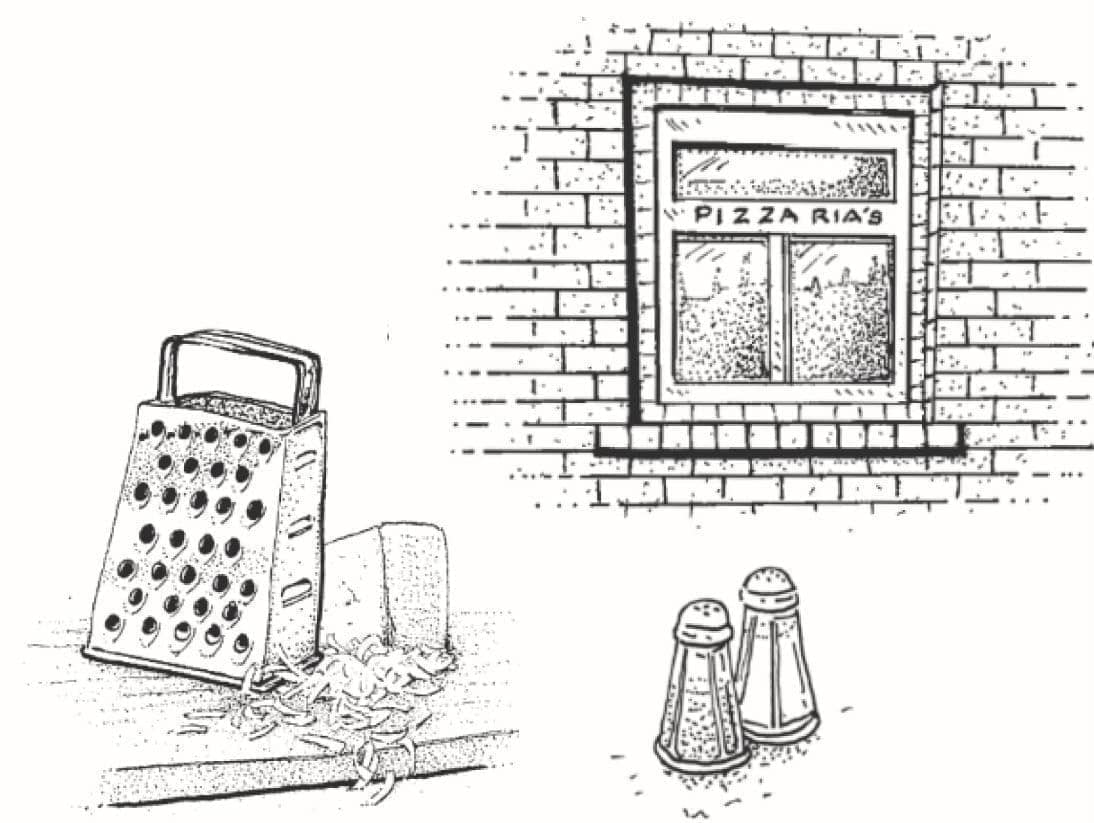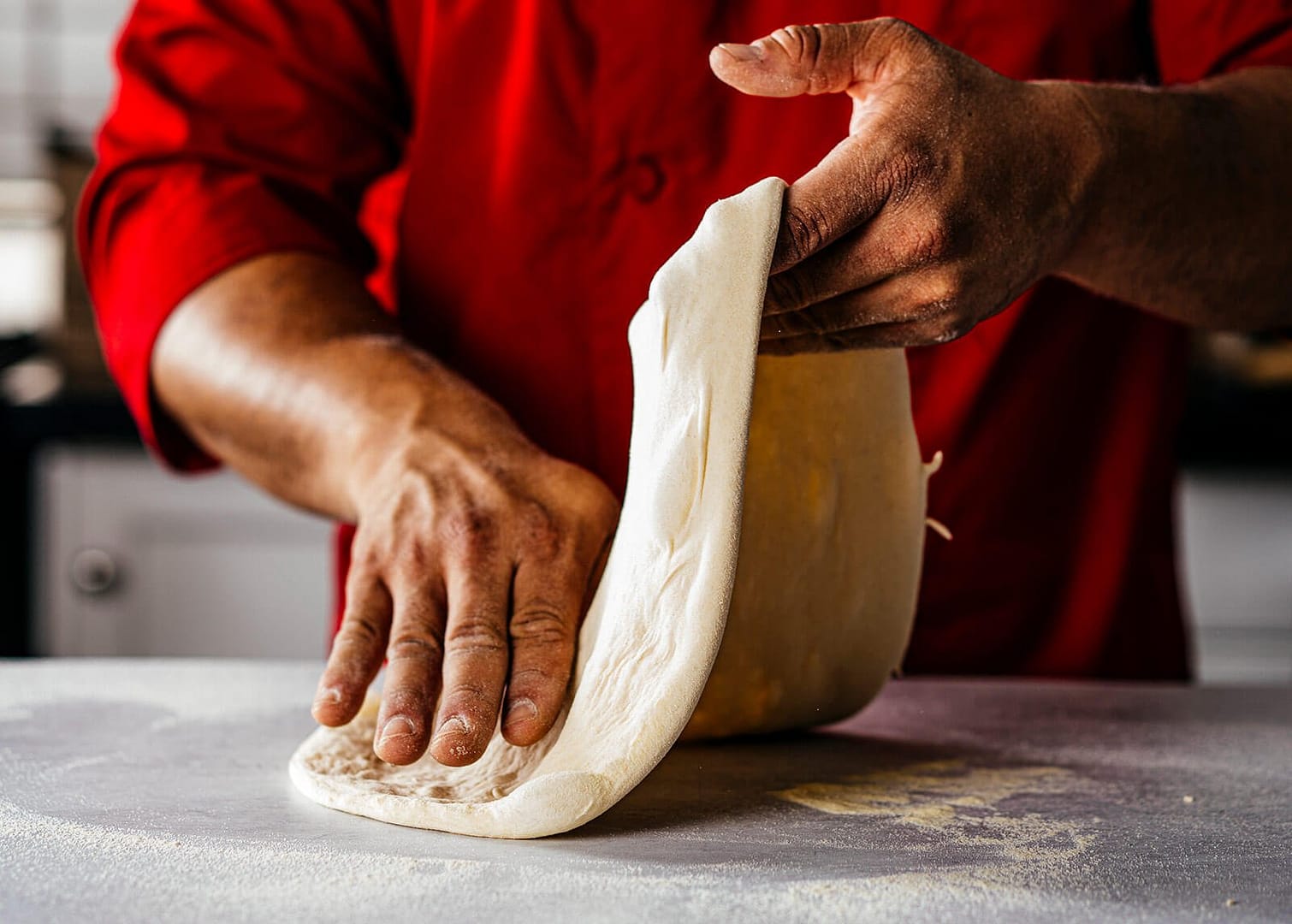Sharing Success
Jobs to be Done
Recently, I listened to a thought-provoking podcast called “Jobs to be Done.” It challenges businesses to rethink why different customers prefer their offerings and how to better satisfy each of their unique needs. (If you want to hear it for yourself, La Trattoria Editor Steve Rouse included the link to the podcast below*.) In the podcast, the late Harvard business professor, Clayton Christensen, shared his theory that customers rarely buy what businesses think their products do. Instead, customers typically choose a business’ offerings based on doing a specific “job,” like solving a particular challenge or need.
Better understanding those “jobs” can help businesses better satisfy customers and possibly identify profitable new business ideas. He shared the real-life example of McDonald’s milkshakes to show how a business can misunderstand what customers really want. Back in the 1990s, McDonald’s assumed that people bought milkshakes as a sweet afternoon dessert. To increase sales, they worked to make their milkshakes more flavorful to afternoon milkshake drinkers vs. competing burger chains. But despite these “improvements,” shake sales remained flat.
So they decided to better understand who was actually buying milkshakes, when, and most importantly, why. McDonald’s hired researchers to sit in their restaurants from open to close to observe who was actually ordering milkshakes (and when). To their surprise, a huge percentage of their milkshakes were purchased before 7 am.
These researchers then interviewed morning milkshake customers and learned that they were long distance commuters who needed a form of breakfast they could hold in one hand, store in their cupholder, and enjoy for most of their drive. By better understanding that those customers were “hiring” milkshakes to do the “job” of a long-lasting, hand-held, drive-time breakfast (not a sweet dessert) McDonald’s thickened their milkshakes to last longer.
As a result, their morning milkshake sales eventually grew by a factor of seven.
What I really like about the McDonald’s example is that it reminds independent business owners to rethink our basic assumptions about why different types of customers at different times are choosing our offerings. Better understanding what types of “jobs” each is trying to accomplish can suggest ways to better satisfy their individual needs or suggest new business opportunities. So how can Independent business owners like you and me take advantage of this unique perspective?
Being small has advantages! Independent owner-operators often have the opportunity to get to personally know many of their customers, which makes it easier to learn why they choose us over other alternatives. One of my Uncle Dino’s favorite Yogi Berra quotes was: “You can observe a lot just by watching.”
Long ago, we learned that quality-oriented restaurateurs were focused on the freshest and most flavorful ingredients. However, what is equally important to many Independents versus their large chain competitors is needing to identically satisfy their quality-oriented patrons on every single visit. That requires their food ingredients to physically perform identically every time. In short, the “job” many restaurateurs “hire” their food ingredients to perform is to provide identical consistency, day in and day out. Armed with that insight, over the years, we have focused our efforts on figuring out additional new ways to measure (and keep increasing) the day-after-day consistency of our products.
So how can restaurateurs apply this theory? Start with the reality that your customers expect consistently superior food quality. But that isn’t the only prerequisite to earning loyal repeat customers. Hopefully you can dig deeper to help uncover some of the other “jobs” customers count on your restaurant or offerings to fulfill.
- Inquire with your customers what brought them at that particular time or occasion.
- Pay attention to what types of customers choose your offerings on different days and times.
- Pay particular attention to any surprising or unusual customer patterns, especially if you offer catering or delivery.
Over time, this should help you better understand and improve upon some of the unique “jobs” (beyond great tasting food) your customers are looking to fill!
Until next time,
Ciao!
Tom Cortopassi, President and Co-Owner
Check out the podcast “Jobs to be Done” by clicking here.







